Y1U2W2
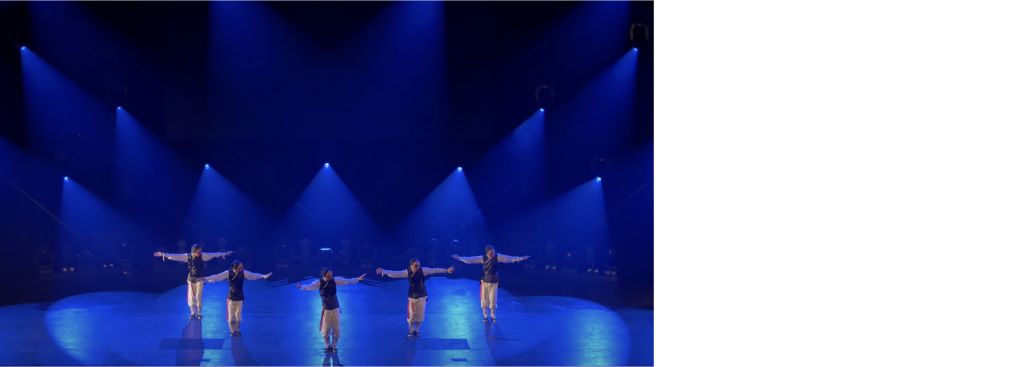
Therefore, I decided to focus my catalogue work on the Korean dances found in this set.
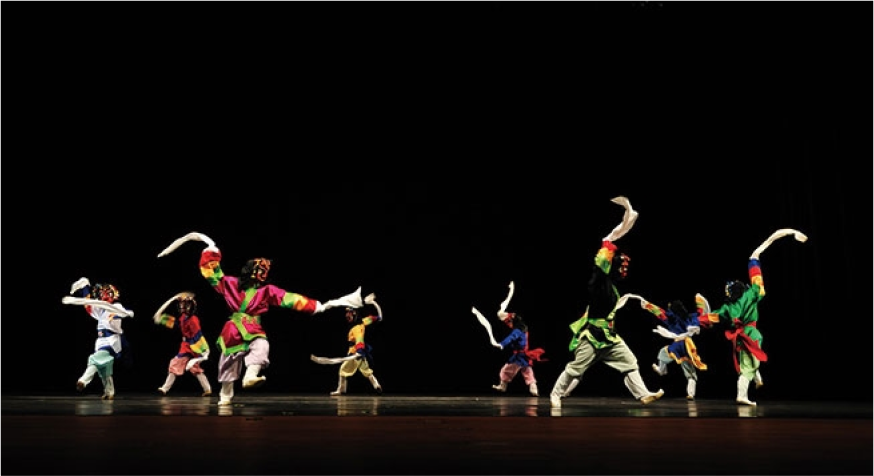
Mask dance originated as a primitive religious ceremony or Sesi custom, and masquerade is a traditional event in which masks are worn and played with as part of the celebration of various Sesi holidays (辟邪進慶, exorcising spirits and ushering in auspicious events) and as part of the folk culture of play. As such, the masquerade incorporates both the folk religious meaning of masquerade and the recreational meaning of play.
The basis of the dances of this group is the TAL dance. Talchang is a traditional Korean dance that originated as a folk belief to pray for peace and prosperity in the village. This allows us to trace the totemic origins of the dance.
비익련리(Bi-ik-yeon-li)
combination of the words “bi-ik-jo” and “yeon-ri-zi”
The song that accompanies the dance is called “Bi-ik-yeon-li”, which is a combination of the words “bi-ik-jo” and “yeon-ri-zi”.
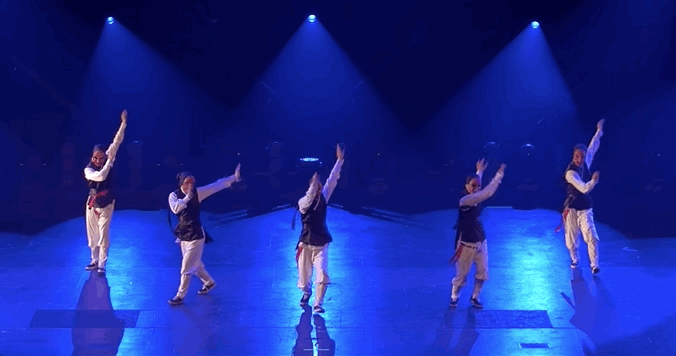
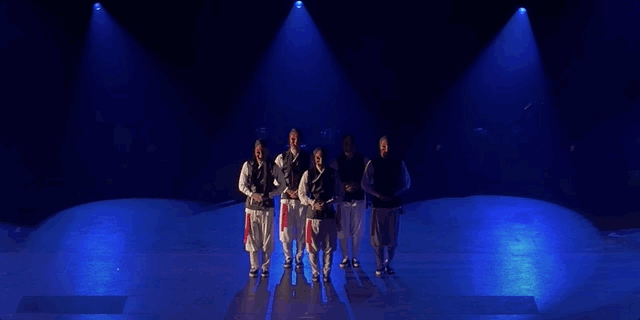
A “bi-ik-jo” is an imaginary bird in which the male and female have only one eye and one wing each, so they can only fly when they are side by side,
A “yeon-ri-zi” is when two trees with different roots intertwine and grow into a single tree.
Totemism and Mimesis
Another observation is that they imitate nature through their movements.
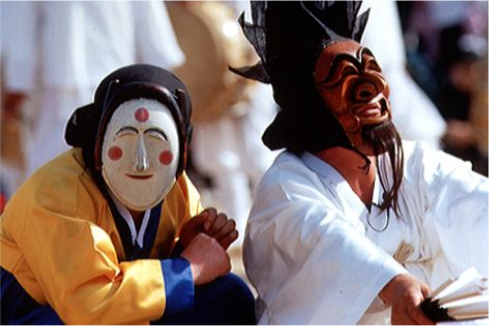
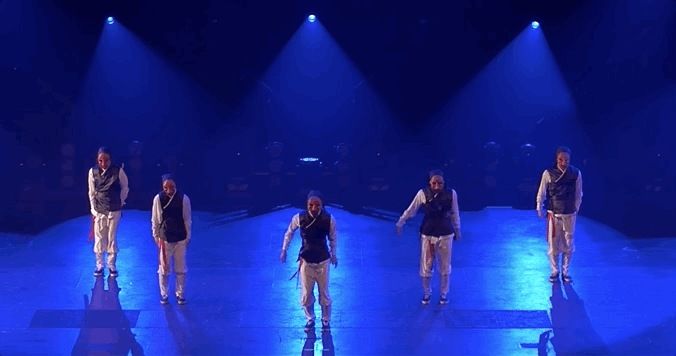
The folkloric nature of the ‘tal’ can be traced back to Totemism,
Korean dance is characterised by its imitation of nature (animals and plants) through its movements.
Drawing
I used “method drawing” to draw their movements: the movement of their hands and feet and the movement of their whole body.
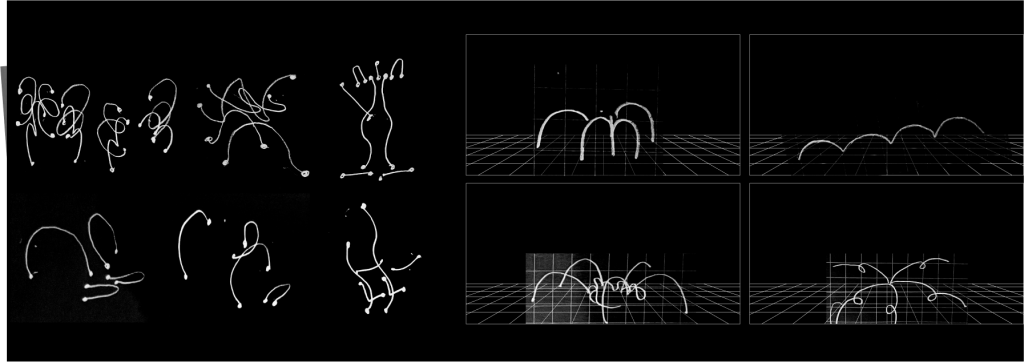
[Bird] [Body]
[Root or Rhizome of a tree] [the sequence or movement of a dance]
I mimicked the hands and feet of the dancers.
I followed the dancers’ movements to draw a route.
Balance in the Imbalance
They’re leaning backwards, and the motion is very swaying, but your body is balanced.
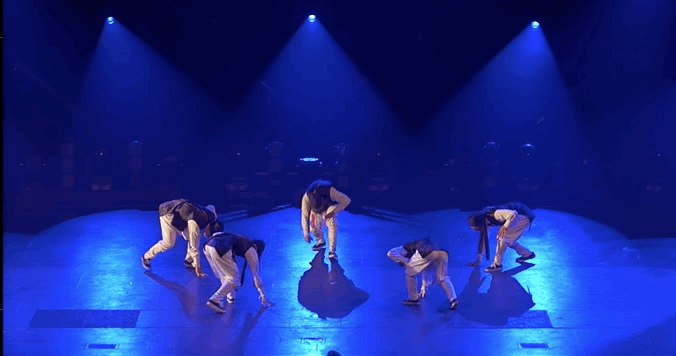
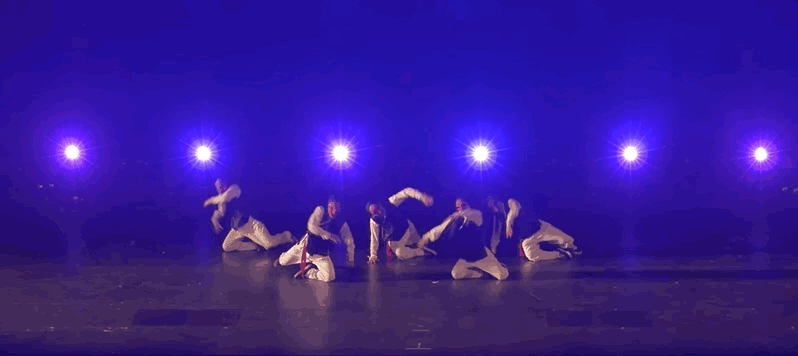
I thought about how to reconstruct the dance using line and point elements. In this way, I could see how the big movements of the arms made the whole body sway wildly, but they remained balanced overall.
Mobile Notation
One of the characteristics of traditional Korean dance is the effort to imitate nature and maintain a balance between man and nature, so we thought about this in relation to the mobile and the balancing act.
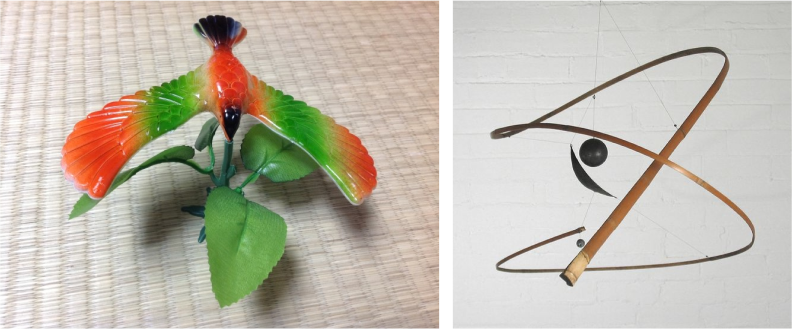
Things that wobble about a centre, but balance and make their own movements.
Inspired by bird balancing games and mobiles.
System Design (Notation)
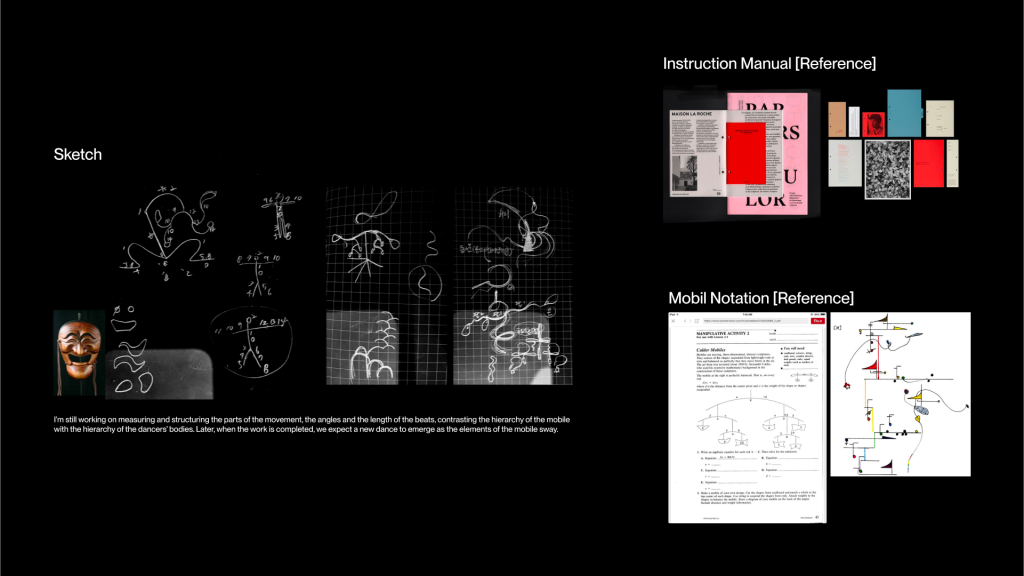
I’m still working on measuring and structuring the parts of the movement, the angles and the length of the beats, contrasting the hierarchy of the mobile with the hierarchy of the dancers’ bodies. Later, when the work is completed, we expect a new dance to emerge as the elements of the mobile sway.
Feedback:
- This final brief reads more lika a translating than a cataloguing.
- The concept of the mobile in the middle was not convincing because it lacked a reason for the concept.
- The connection should be clearer.
- I need a bit more explanation in the outcome section.